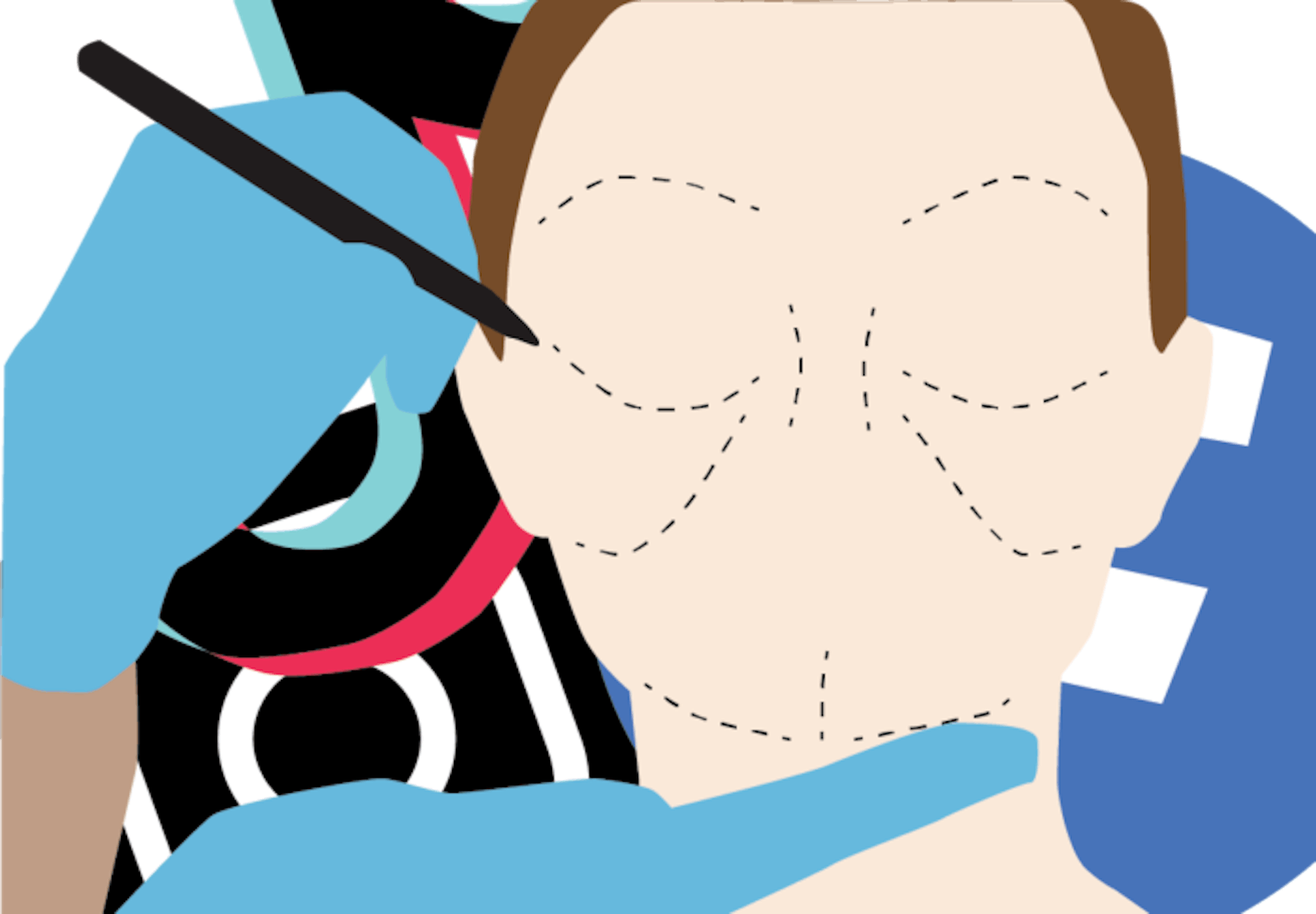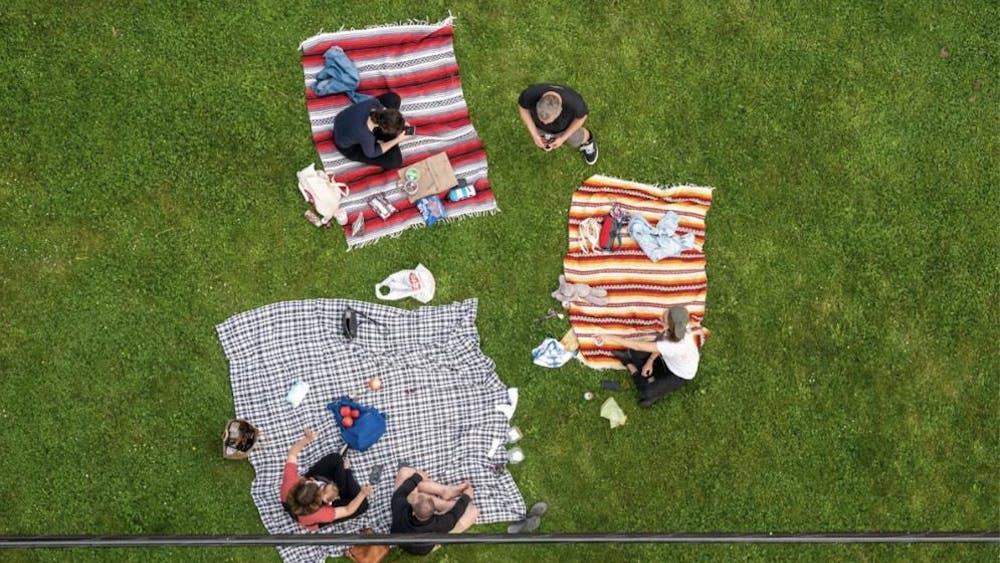
When was the last time plastic surgery was promoted to you on social media? Maybe the Instagram algorithm has determined that my nose could use some work, but for me, it was last night.
In case you weren’t in the loop with influencers and cosmetic surgery clinics, it’s likely that TikTok uses a highly sophisticated beauty algorithmthat gives each face in your video a numerical ranking of attractiveness. Videos with more algorithmically attractive people in them get promoted more in the algorithm.
Because many social media algorithms are protected intellectual property, people can usually only perform experiments to determine what is likely to be promoted by an algorithm. According to this European studyon Instagram’s algorithm, for example, photos in which the subject is scantily clad are promoted and viewed more in user’s feeds. But occasionally, information is leaked about what social media companies are doing behind the scenes. The Intercept reported in March 2020 that a particularly damning internal document from TikTok instructed moderators to not promote content from viewers with “ugly facial looks.” The document tells moderators that videos of people with “abnormal body shape,” “too many wrinkles,” “obvious facial scars” and “facial deformities (not limited to: eye disorders, crooked mouth disease and other disabilities” are “less attractive, not worthing to be recommended to new users.” Besides discriminating against the posts of people with disabilities and/or faces that don’t fit an algorithmically-determined standard of beauty to increase new user retention, the moderators were also instructed against promoting videos shot in “slums” or “rural fields” (though the document makes sure to note that “rural beautiful natural scenery could be exempted.”) It also mentions that videos shot in environments with “no obvious slummy character” but that have “crack[s] on the wall,” “old and disreputable decorations” or houses that are “extremely dirty and messy” are not to be promoted by moderators.
According to The Intercept, a representative from TikTok stated that the policies’ aim was “preventing bullying,” and that the policies were “no longer in place, and were already out of use when The Intercept obtained them.” It’s ironic and hard to believe that moderator instructions that blatantly discriminated against videos of disadvantaged, disabled or algorithmically “unattractive” people were ever meant to prevent bullying.
This stuff has always had a presence on social media. And I mean since the beginning: Facemash, Mark Zuckerberg’s pre-Facebook creation, was a website made so users could rank college women against each other by facial attractiveness. But the relationship between plastic surgery, distorted beauty norms and TikTok is different than anything we’ve seen before. Insider performed an experiment to see how long it took for a new TikTok user — whose profile was set to 14 years old — to see a promotional video for plastic surgery (particularly rhinoplasty) on their “For You” page. The answer? A mere eight minutes of scrolling.
But one doesn’t need to experiment to figure out that cosmetic surgeons are adjusting their marketing to the TikTok algorithm — they’ll tell you themselves. One article, aimed at plastic surgeons, gives advice for effectively marketing cosmetic surgery on TikTok to “younger audiences.” Another article from Rival Cosmetic Surgery in Toronto breaks down the TikTok “look” and beauty algorithm into three categories: “nose width,” “forehead inclination” and “skin smoothness and health.”
“When TikTok detects beauty,” the article says, “it is more likely to show the video to more viewers. This means it gets seen by more people and has a greater chance of earning you more followers and interactions.”
The article ends with a haunting, “If you’re considering plastic surgery or other cosmetic treatments to grow your following (or just for yourself!) schedule a consultation in Toronto with Rival Cosmetic Surgery.”
Considering plastic surgery ... to grow your following? The implication that one might undergo plastic surgery for oneself alone is thrown into the sentence like an afterthought, perhaps to shield the provider from criticism. One of the many problems with messaging like this is its disproportionate effect on how people of color, particularly women of color, see themselves. Because of the history of colonial beauty standards being imposed on non-white, non-European women, there are racially problematic implications to algorithmically promoting a thin, short, upturned nose as an “ideal” nose, for example.
My problem is not with the individual user: Research shows that even newborn babies stare for longer periods of time at attractive faces, displaying preferences for “conventionally attractive” faces at just a few hours old. But I take issue with technology prescreening the faces you see such that you are only seeing faces of a particular kind of beauty when you go online.
There’s nothing inherently wrong with cosmetic surgery. But now more than ever, it’s important to note the ways in which social media influences our inclinations toward getting cosmetic surgery. The promotion of plastic surgery and “ideal” faces through algorithms like TikTok’s often preys on our insecurities and turns our natural human differences into so-called “imperfections.” Maybe my view is radical, but I believe beauty and trends can be thought of separately. You are not a puffy-shouldered sweater or square-toed shoes: Your uniquely beautiful features, given to you by each generation of ancestors, do not go in and out of fashion with the times.
Renee Yaseen is a junior who majors in economics with minors in theology and the philosophy, politics, & economics (PPE) program. In her free time, she writes poems, hangs out with loved ones and works on her software startup. She can be reached via the chat on a shared Google Doc at 3 a.m., on Twitter @ReneeYaseen or by email at ryaseen@nd.edu












